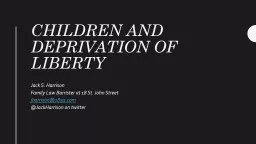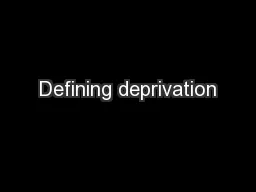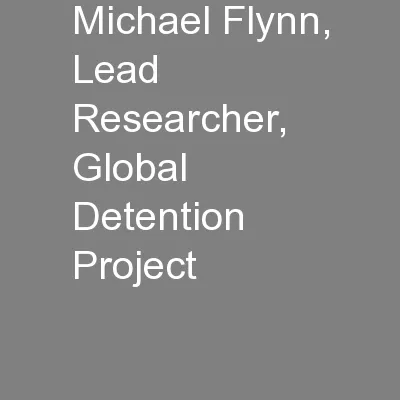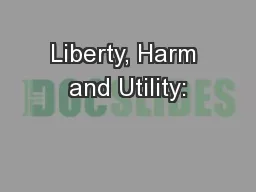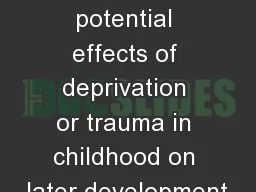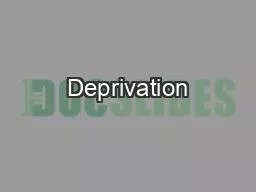PPT-Children and Deprivation of Liberty
Author : lindy-dunigan | Published Date : 2020-04-04
Jack S Harrison Family Law Barrister at 18 St John Street jharrison18sjscom JackHarrison on twitter When might you want to deprive a child of their liberty You
Presentation Embed Code
Download Presentation
Download Presentation The PPT/PDF document " Children and Deprivation of Liberty" is the property of its rightful owner. Permission is granted to download and print the materials on this website for personal, non-commercial use only, and to display it on your personal computer provided you do not modify the materials and that you retain all copyright notices contained in the materials. By downloading content from our website, you accept the terms of this agreement.
Children and Deprivation of Liberty: Transcript
Download Rules Of Document
" Children and Deprivation of Liberty"The content belongs to its owner. You may download and print it for personal use, without modification, and keep all copyright notices. By downloading, you agree to these terms.
Related Documents

